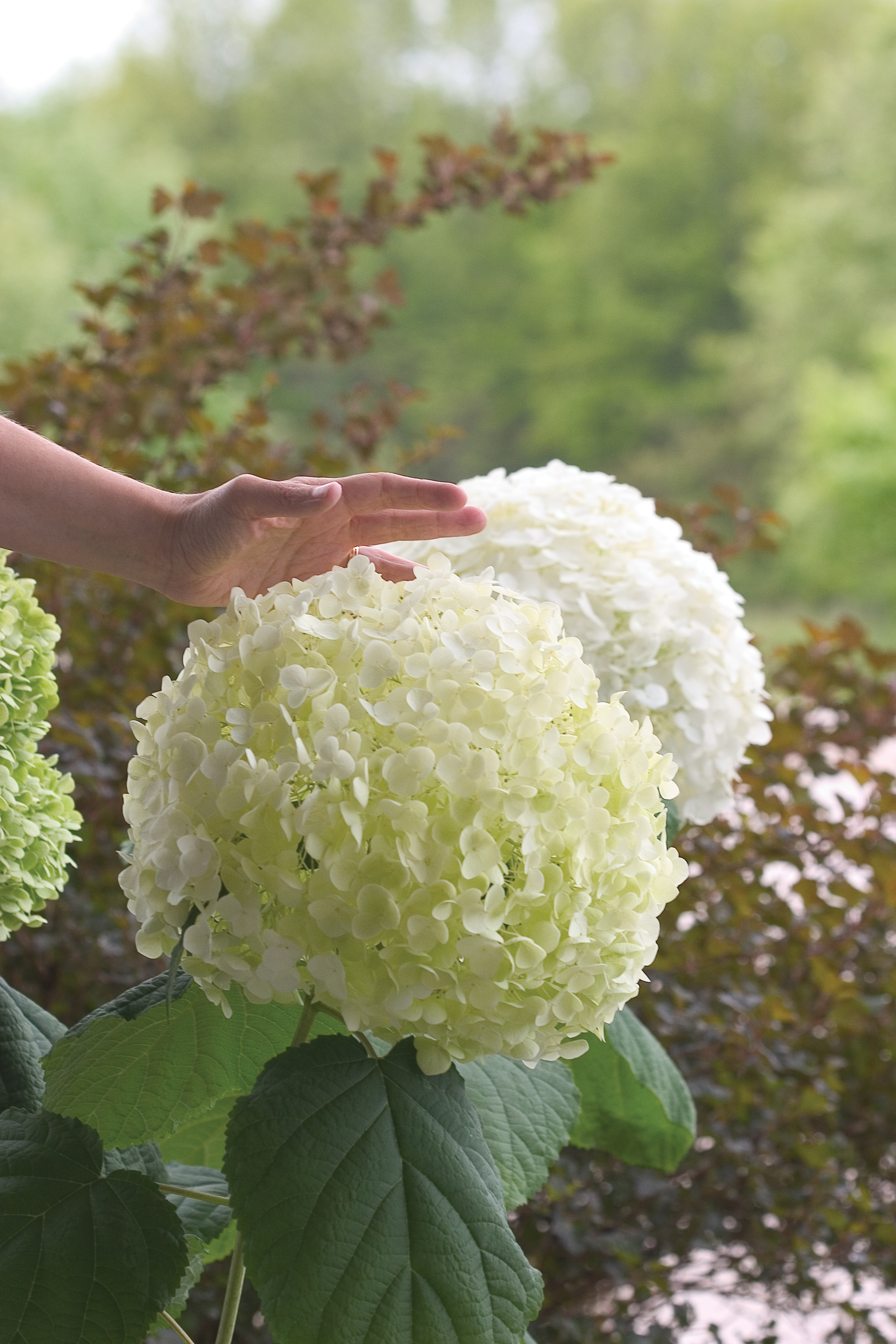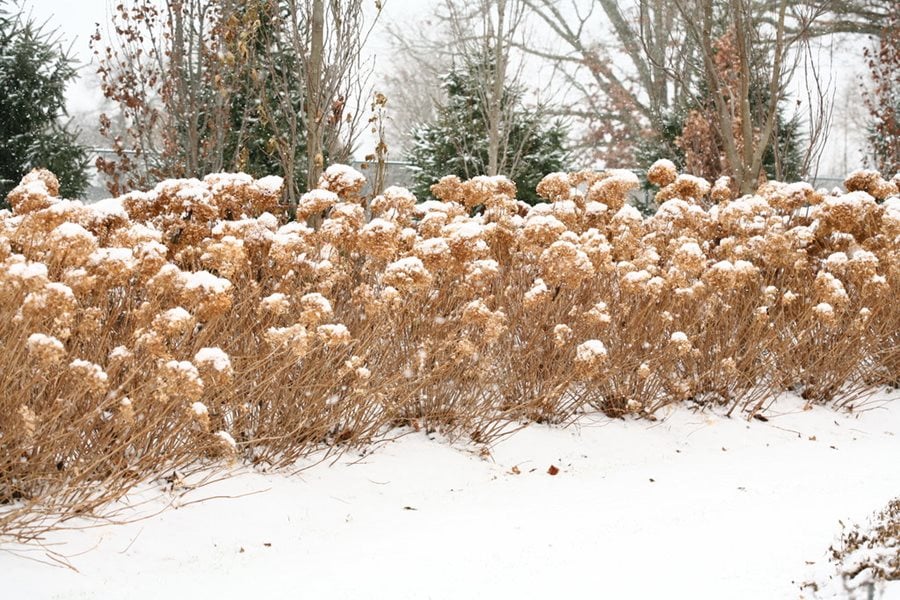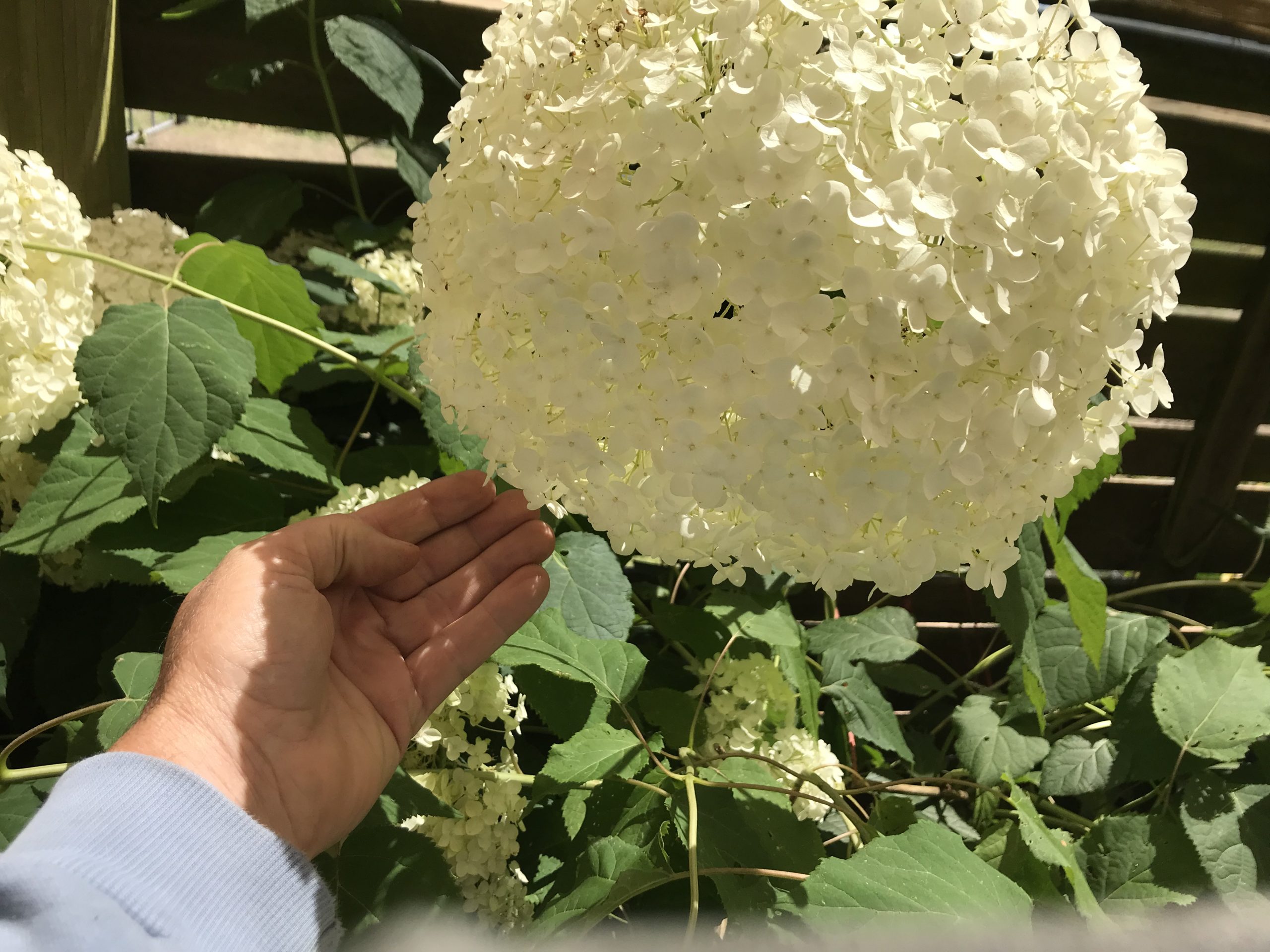How To Propagate Hydrangea Arborescens In Days
Here are some additional tips for propagating hydrangea arborescens from cuttings:
- Use a sharp, clean knife or shears to take your cuttings. This will help to prevent the spread of disease.
- Use a rooting hormone powder to help your cuttings root faster.
- Plant your cuttings in a well-draining potting mix.
- Keep your cuttings in a warm, shady location.
- Water your cuttings regularly, but don't overwater them.
- Be patient! It can take up to 10 days for your cuttings to root.
To learn more about hydrangea arborescens, visit Garden Wiki. This website provides detailed information about the different varieties of hydrangea arborescens, as well as tips on how to grow and care for these shrubs.
FAQ of hydrangea arborescens
- What is Hydrangea arborescens?
Hydrangea arborescens is a species of hydrangea native to eastern North America. It is a deciduous shrub that grows 3-6 feet tall and wide. It has large, white flowers that bloom in summer.
- What are the different types of Hydrangea arborescens?
There are many different cultivars of Hydrangea arborescens, including:
Annabelle: This is the most popular cultivar. It has large, white flower heads that can reach up to 12 inches in diameter.Incrediball: This cultivar has bright pink flowers.Limelight: This cultivar has lime green flowers.PeeGee: This cultivar has blue flowers.How do I care for Hydrangea arborescens?
Hydrangea arborescens is a relatively easy plant to care for. It prefers full sun to partial shade and well-drained soil. It should be watered regularly, especially during the summer months. In the fall, you can fertilize the plant with a balanced fertilizer.
- How do I propagate Hydrangea arborescens?
You can propagate Hydrangea arborescens from cuttings. Take cuttings in the spring or summer from healthy, new growth. The cuttings should be about 4-6 inches long. Dip the bottom of the cuttings in rooting hormone and plant them in a pot of potting mix. Keep the soil moist and the cuttings in a warm, shady location. The cuttings should root in about 4-6 weeks.
- What are some common problems with Hydrangea arborescens?
Some common problems with Hydrangea arborescens include:
- Leaf spot: This is a fungal disease that causes brown spots on the leaves. To prevent leaf spot, water the plant at the base and avoid overhead watering.
- Pests: Hydrangea arborescens can be susceptible to a variety of pests, including aphids, scale, and spider mites. To control pests, you can use insecticidal soap or neem oil.
- Winter damage: Hydrangea arborescens can be damaged by cold weather. In colder climates, you should protect the plant by mulching the soil around the plant and covering the plant with a burlap sack or other protective material.
Image of hydrangea arborescens
- Hydrangea arborescens in full bloom. This image shows a large, healthy hydrangea arborescens plant in full bloom. The flowers are a beautiful white color, and they are arranged in large, cascading clusters.

- A close-up of hydrangea arborescens flowers. This image shows a close-up of the flowers of a hydrangea arborescens plant. The flowers are a delicate white color, and they have a slightly fuzzy texture.

- A hydrangea arborescens plant in a garden setting. This image shows a hydrangea arborescens plant in a garden setting. The plant is surrounded by other flowers and plants, and it is in full bloom.

- A hydrangea arborescens plant in a vase. This image shows a hydrangea arborescens plant in a vase. The flowers are a beautiful white color, and they are arranged in a cascading bouquet.
- A hydrangea arborescens plant in the fall. This image shows a hydrangea arborescens plant in the fall. The leaves are a beautiful red color, and the flowers are still in bloom.

- A hydrangea arborescens plant in winter. This image shows a hydrangea arborescens plant in winter. The leaves have fallen off, but the flowers are still visible on the bare branches.

- A hydrangea arborescens plant in a pot. This image shows a hydrangea arborescens plant in a pot. The plant is healthy and in full bloom, and it would make a beautiful addition to any home or garden.

- A hydrangea arborescens plant with butterflies. This image shows a hydrangea arborescens plant with butterflies. The butterflies are attracted to the nectar of the flowers, and they add a touch of beauty to the image.

- A hydrangea arborescens plant with hummingbirds. This image shows a hydrangea arborescens plant with hummingbirds. The hummingbirds are attracted to the nectar of the flowers, and they add a touch of wonder to the image.

- A hydrangea arborescens plant with a bird's nest. This image shows a hydrangea arborescens plant with a bird's nest. The nest is made of twigs and leaves, and it is home to a family of birds.

Post a Comment for "How To Propagate Hydrangea Arborescens In Days"